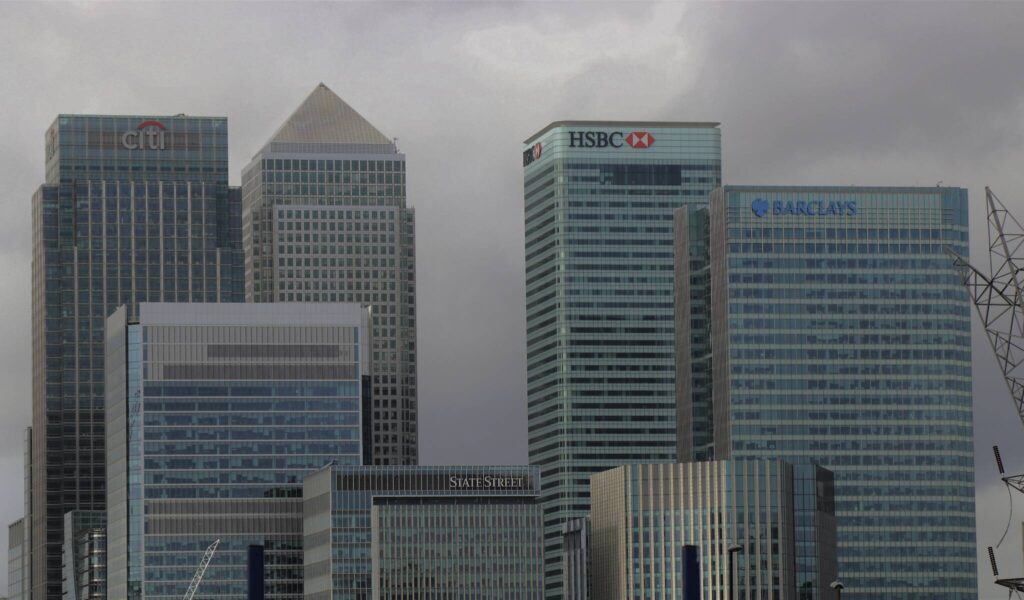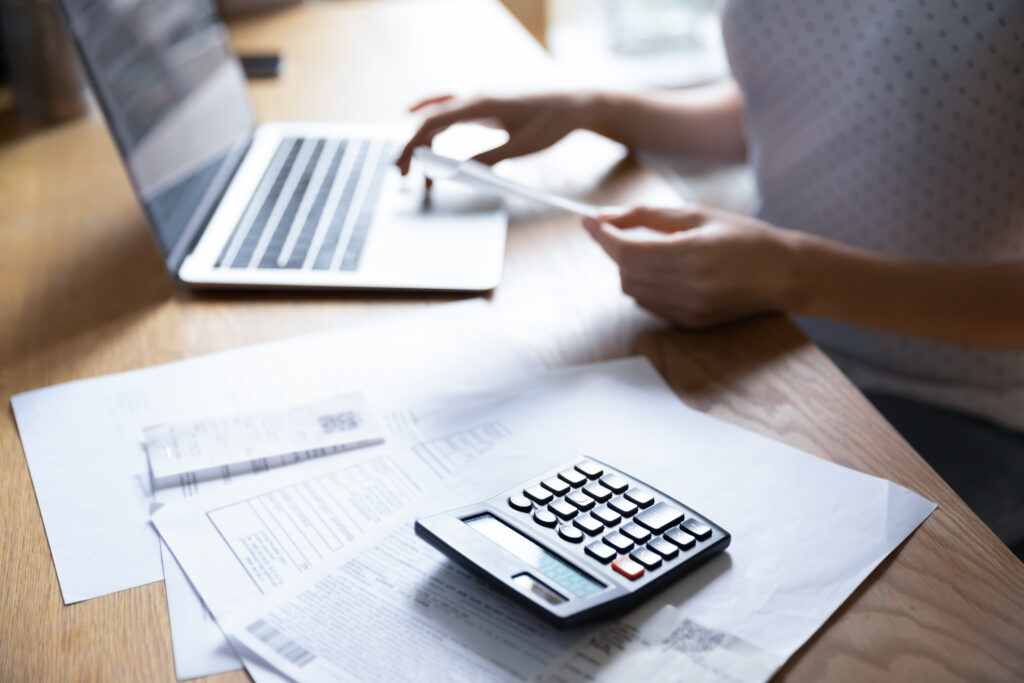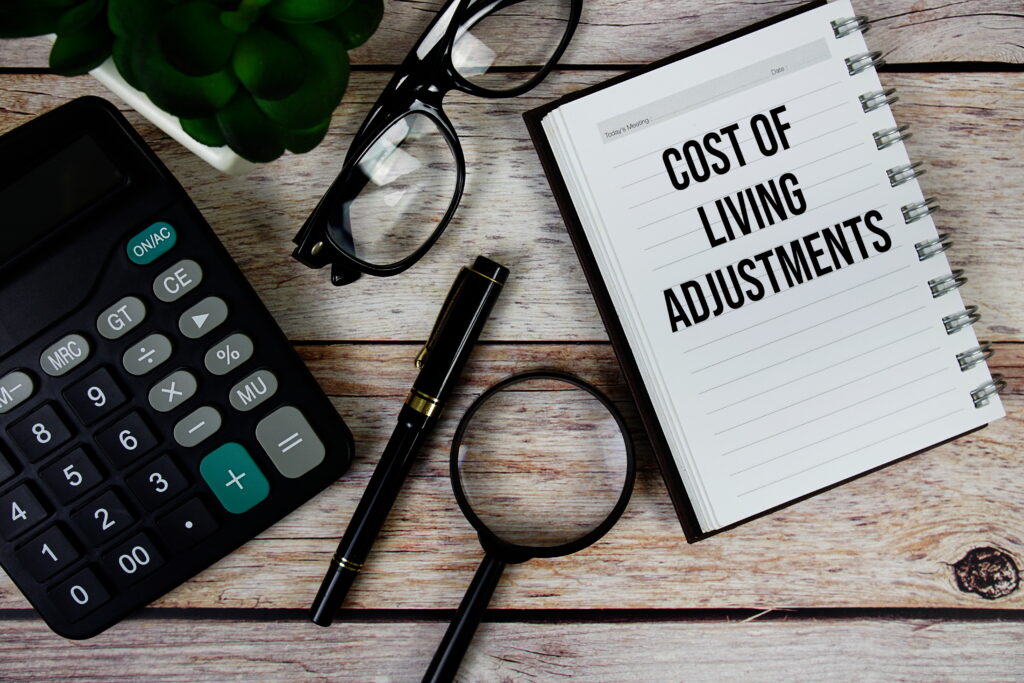As 22 million Americans are now out of work due to the coronavirus, many don’t have enough money to cover bills and buy essentials. Those trying to make ends meet this month may wind up overdrawing their account and paying hefty overdraft fees.
The country’s largest banks said they’re making adjustments to ensure stimulus payments are received in full by checking-account customers with negative balances.
Wells Fargo & Co., Bank of America Corp., Citigroup Inc. and JPMorgan Chase & Co. said they will temporarily stop collecting on negative balances to give customers full access to their payments. The firms are deviating from the typical practice of deducting a negative balance from incoming payments. Check out your bank’s website to see COVID-19 help policies and call customer support if you’ve been charged fees. Check out our blog below to see a list of Banks That Are Waiving Of Fees.
Overdraft fees Are Unjust
Banks typically charge overdraft fees when you overdraw your checking account. Instead of having your debit card declined or the purchase canceled, your bank will cover the difference and charge you an overdraft fee, usually about $30 to $35. The similar “non-sufficient fund fee,” is usually levied when a check bounces in any transaction, including with any recurring bills customers may have.
How to avoid overdraft fees on your stimulus check
Let us explore all your options to get your entire stimulus check without overdraft fees.
Opt-out of Overdraft Protection
If your bank isn’t waiving overdraft fees, you can opt-out of the overdraft protection program, and you will not have to pay a fee. Instead, your card will be declined if there’s no money in your account. However, you can only opt-out of overdraft fees on one-time transactions made with your debit card. If you use checks, or if you have recurring payments set up and you go over your current checking balance, you may still be charged an insufficient funds fee.
Check Recurring Payments
That said, it’s especially important to double-check you have money in your account before you make purchases. And hopefully, your bank is willing to work with you.
Use Prepaid Cards or Digital Wallets
Consumers can also receive stimulus payments through a prepaid card, or in their PayPal Holdings Inc. and Square Inc. digital wallets. Using a prepaid card could help consumers save unwanted overdraft fees and make use of their complete stimulus check for their needs.
Use Brigit
You should also consider using the Brigit app to monitor your checking account. Brigit’s budgeting tool runs in the background and alerts when you have an upcoming subscription and when your account balance is about to hit zero. You can choose to use the Brigit advance to save your account from overdraft fees until your next stimulus check arrives.
Reach Out To Your Bank
If you have already been charged overdraft fees you should reach out to your bank and other lenders to discuss your financial situation now instead of waiting. All banks are not saying they are generally waiving overdraft fees, but some are encouraging consumers to call them. Expect an extended hold time when you call.










